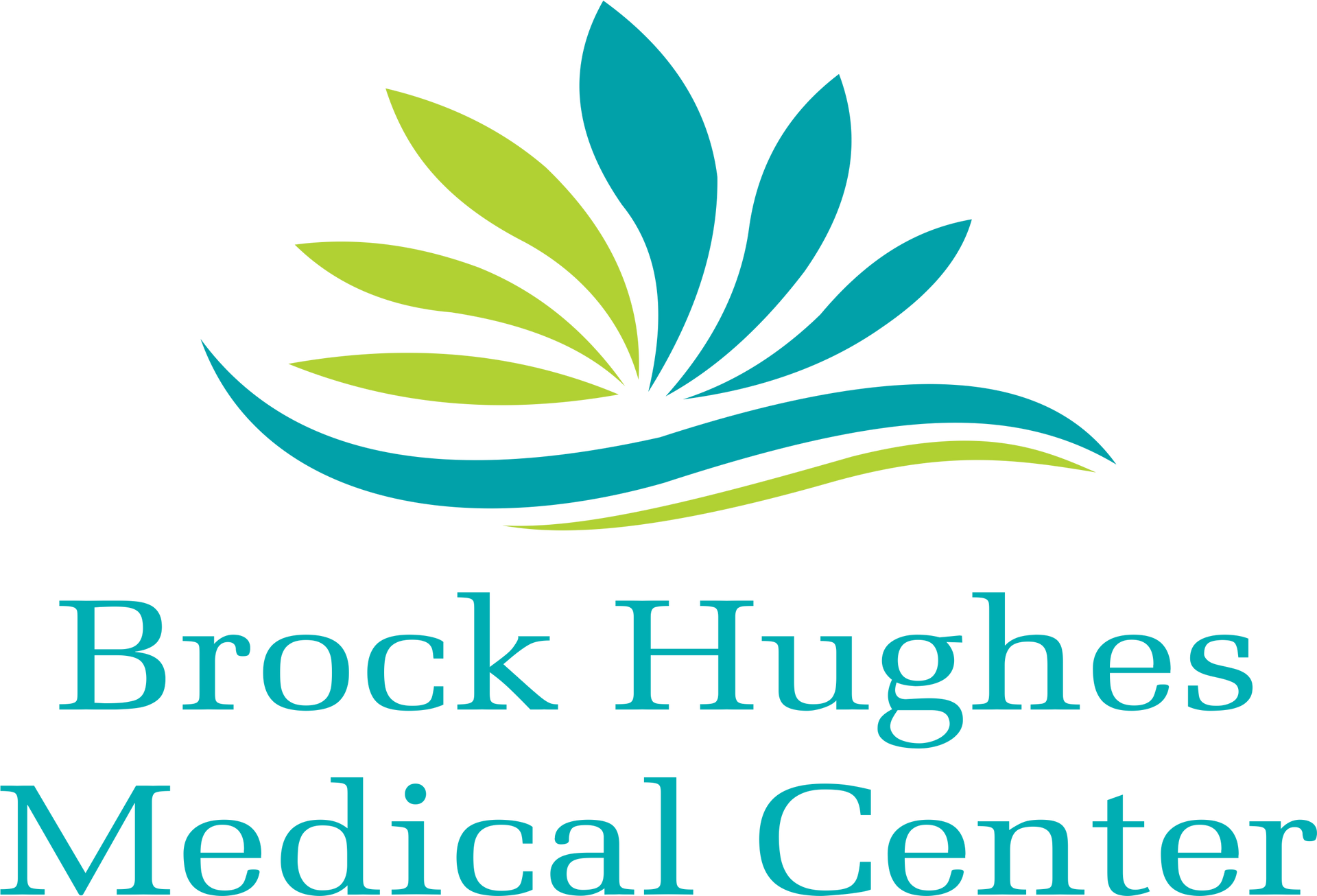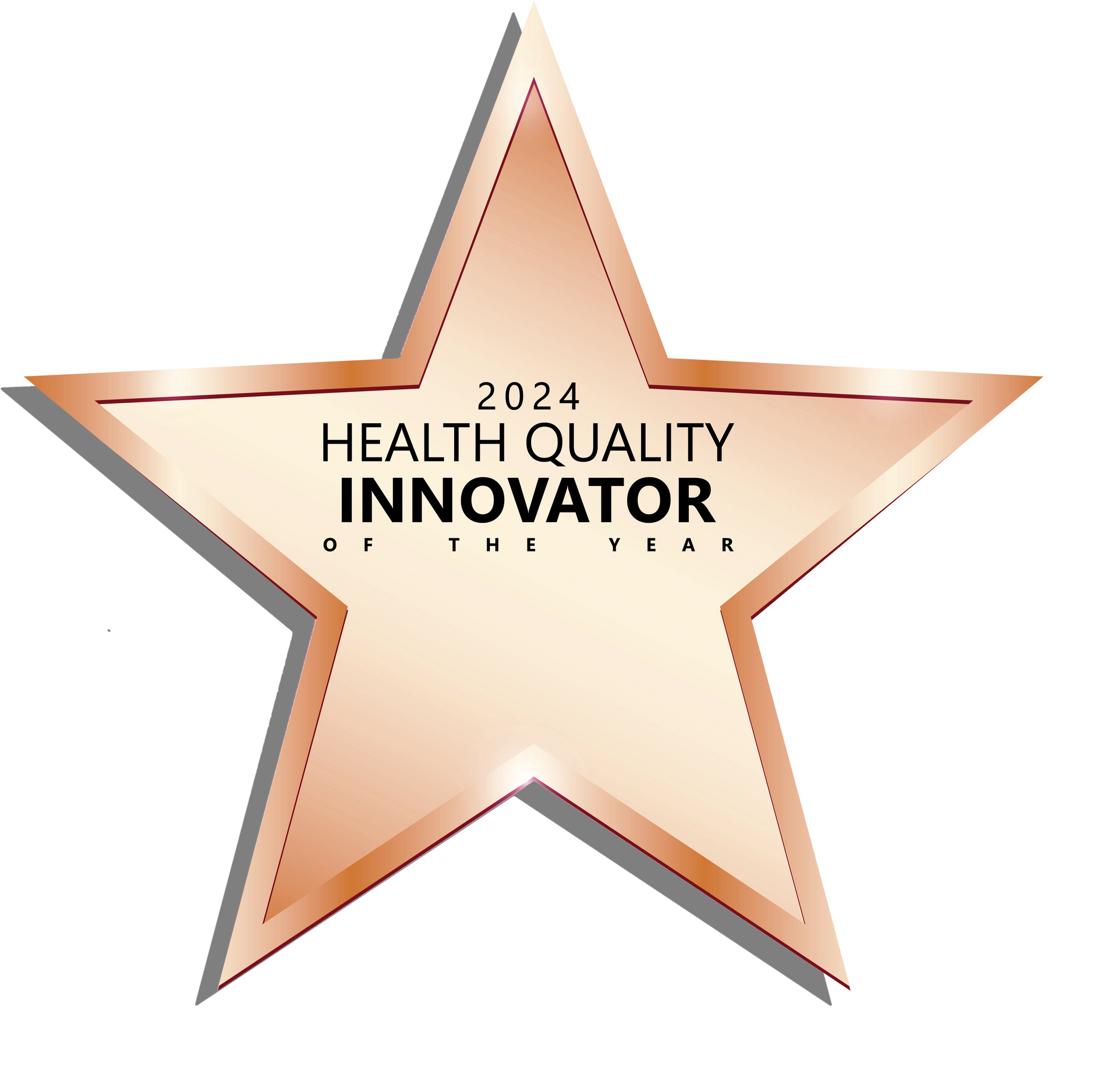Osteopathic Manipulative Management : What Is It and How Can It Help You?

If you suffer from severe lower back pain, migraines, or insomnia but want to avoid surgery and long-term medication dependency, then you may have heard of osteopathic manipulative management. Read on to learn more about osteopathic manipulative therapy (OMT) and discover if it is the right option for you.
What Is Osteopathic Manipulative Management?
Osteopathic medicine is a patient-focused approach to health care based on the idea that our body’s systems are interrelated. It is a holistic treatment that considers every aspect of the patient’s health, including their physical, mental, emotional, and spiritual well-being.
With patient-centered care becoming more and more popular, it’s no surprise that the field of osteopathic medicine is rapidly growing. In fact, 26% of medical students in the US are training to be osteopathic physicians.
A doctor who practices osteopathic medicine is called an osteopath or a DO (Doctor of Osteopathy). Though DOs get special training to treat the musculoskeletal system, they are also licensed to prescribe medicine, run tests, perform surgery, and do everything else an MD can do. Many DOs are also primary care physicians in family medicine, internal medicine, and pediatrics. With the understanding that diseases affect every individual differently, DOs provide a hands-on, personalized approach to diagnosis, treatment, and disease prevention.
How Does Osteopathic Manipulative Management Work?
Osteopathic manipulative treatments focus on your whole body, not just specific parts or symptoms. So, if you come in with neck pain, your doctor will likely look at more than just your neck.
This field works on the principle that many diseases originate from and cause problems in the musculoskeletal system. This is why DOs are trained to pay extra attention to the system, which consists of nerves, muscles, and bones.
OMT does not just refer to one treatment or therapy. It is an entire system designed to restore a body's normal function, where muscles, bones, and nerves work together harmoniously. This is accomplished through manipulation, a therapeutic force, or pressure applied to specific body parts.
Manipulation techniques address the changes in body structure and improve physiological functions. Most DOs use OMT practices along with other treatments like medication, surgery, and lifestyle changes.
How Can Osteopathic Manipulative Therapy Help?
From newborns to senior adults, people of all ages can benefit from osteopathic medicine. The therapy treats muscles and joints to increase overall mobility and promote healing. OMT also allows the body to recover faster, shortening hospital recovery time and alleviating pain.
In addition to restoring bone and joint health, OMT is also an effective treatment for
● Asthma
● Carpal Tunnel Syndrome
● Menstrual Pain
● Headaches and Migraines
● Colic in Infants
● Irritable Bowel Syndrome
● Ear and Sinus Disorders
● Low Back Pain
● Knee Problems
● Sports and Repetitive Stress Injuries
● Sciatica
● Insomnia
Just about any person with any condition is an eligible candidate for OMT. It is also a valuable addition to the standard care of pregnant people as it can enhance homeostasis, help with back pain, and reduce complications during labor. Additionally, a significant benefit of OMT is that the doctor can customize the treatment to fit the patient’s individual needs.
What to Expect from Osteopathy Manipulation Therapy
An appointment with your DO is no different from other medical appointments. The DO will try to understand your symptoms, lifestyle, and how they affect your overall health. They will also get your blood pressure and weight checked. Depending on your symptoms, the doctor might also suggest an x-ray or an MRI.
You will need to share some information about your sleep schedule, physical activity level, diet, mental health conditions, and any medications you might be taking. Try to answer the doctor’s question as honestly as possible so your doctor can get a clear picture of your health.
There will also be a physical examination. You might be asked to try some simple movements and stretches so the physician can observe your posture and mobility. They will also assess the health of your joints, ligaments, and tissues.
The osteopathic physician will recommend a treatment plan based on your diagnosis. There are more than 40 OMT techniques, and your DO will use one or several of the methods to get you started on the road to recovery.
Prevention is also a significant part of osteopathic medicine. DOs will help you stay updated on vaccines and prescribe routine medical tests like a mammogram, pap smear, blood cholesterol tests, and more. Your doctor will also advise you to make some dietary adjustments and lifestyle changes to enhance your body’s ability to heal itself.
Osteopathic Manipulative Treatments
Osteopathic physicians use several treatment techniques to relieve the tightness and restriction in your nerves and muscles. Using these hand-on methods, DOs realign your body, restore balance, and help you gain relief from pain and discomfort. Some of the osteopathic manipulations techniques that can be highly effective in diagnosing and treating several illnesses include:
Palpation
Palpation refers to the process of using one’s hands to check the body during medical examinations. By using their hands and relying on their sense of touch, DOs can observe minute changes in the musculoskeletal system.
As an integral part of osteopathic medicine, palpation requires an in-depth understanding of each body layer and its corresponding feel. Patients are assessed based on four criteria: changes in tissue texture, asymmetry, range of motion, and tenderness.
Soft Tissue Technique
It is a type of manipulation technique that works on the tissues around the joints to relax muscles that are too tight, move tissue fluids, and release myofascial layers. Soft tissue technique can be used both diagnostically and therapeutically. It relies on rhythmic stretching, deep pressure, and traction to enhance mobility and heal rigid tissues.
Muscle Energy Technique
Osteopathic physicians usually use the muscle energy technique to relieve muscle pain and discomfort. Muscle energy involves using the muscle’s own energy in a push and pull method. Unlike static stretching, the patient is an active participant—they move their muscles in a specific direction while the physician counters the movement.
Thrust Technique
Also called high-velocity, low amplitude technique, the thrust technique is among the oldest and most frequently used osteopathic treatments. It is very helpful in the treatment of several conditions, including back pain, migraines, tension headaches, neck pain, cervicogenic headaches, and whiplash-associated disorders.
With the goal of restoring normal range of motion, this technique applies a short, quick force on the restricted joint. This also reduces the signs of tissue change, asymmetry, and tenderness in the joints.
Counterstrain Technique
Counterstrain manipulative technique allows the patient to move from a motion-restricted position to one of comfort. It is also called positional release therapy. In this technique, your DO will direct you into a position of comfort and make you hold it for 90 seconds before moving you back to a neutral position.
It can be an effective and safe alternative treatment option for people with an acute injury, neck pain, and cervical pain.
Risk Factors
Every patient reacts differently to osteopathy manipulation—some people feel tired after OMT while others feel energized. It is common to feel sore and stiff for a day or two after the treatment. You might also have a headache for a short period.
In patients with bone cancer, osteoporosis, bone or joint infections, and spinal fusion, OMT can do more harm than good. Before choosing OMT, it is best to discuss all possible side effects with your doctor.
Post Treatment Care
● Drink plenty of water to flush out the toxins from your muscles after treatment.
● A short walk will allow your body to adjust to the proper alignment and balance.
● Try not to engage in rigorous physical activity for up to 24 hours after treatment.
● Give your body time to relax and heal. Follow the breathing exercises, diet plan, and lifestyle changes your doctor suggested.
Benefits of Osteopathic Manipulative Management
Holistic Evidence-Based Care
Several high-quality clinical studies have found OMT to be a safe and responsive treatment option for pain management. OMT also offers an integrative approach to healing that does not look at symptoms in isolation but involves treating your whole body.
Safe and Risk-Free Treatment Option
OMT is a safe alternative for patients with limited treatment options. In fact, osteopathic treatment is even safe for people in their third trimester of pregnancy who have few safe options for pain relief. Even newborns can benefit from OMT.
Pain Management
OMT addresses structural problems in the muscles, joints, and tissues and improves circulation. It also soothes sore muscles, relieves tension, and restores a full range of motion, making it an effective treatment for chronic low back pain, which is notoriously difficult to treat.
Treats a Wide Range of Health Problems
The benefits of osteopathic medicine go beyond just your bones and joints. Through physical manipulations, stretching, and massage OMT restores muscle and tissue balance and promotes overall movement and blood flow throughout the body.
At Rocky Vista Health Center, we believe in a holistic approach to health care, and that’s why our DOs strive to ensure that all your needs are met. From newborns to senior adults, our experienced physicians offer a wide range of osteopathic services for everyone in Parker, CO. Get in touch or schedule an appointment today to get started!
Keep Your Friend's Informed






